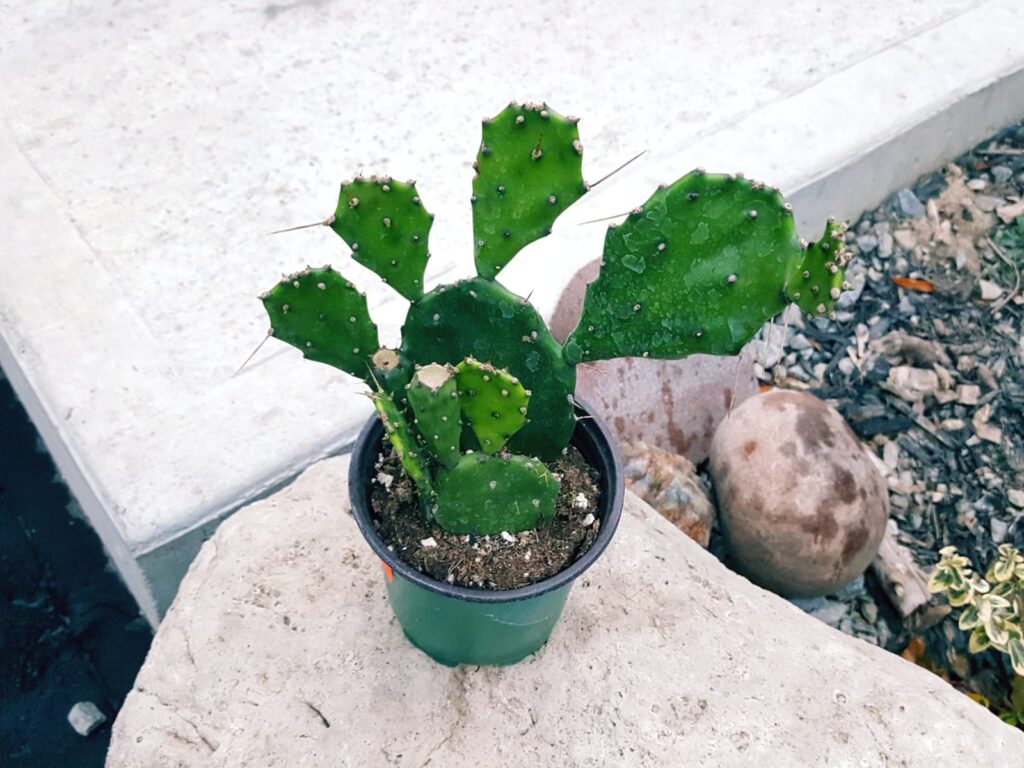
Hello Gardening Master,
What plant is this?
Can this plant survive the winter in Toronto? Is it perennial for Toronto’s climate zone? Since this is my first time owning a Prickly Pear Cactus, I would appreciate your advice on how to grow, care, bloom flower and propagate this plant.
Look forward to your kind reply.
Many Thanks
Opuntia humifusa, commonly known as the Eastern Prickly Pear Cactus, is a perennial cactus that has rounded, jointed green pad segments on very short stems. It can grow either horizontal or upright, reaching heights of up to 18-24 inches. Like most cacti, these pads have very sharp bristles and spines which are used for defense purposes. The yellow flowers are somewhat waxy, are about 2-3 cm in diameter and form along the edges of the pads. The juicy, edible fruits are green, ripening to reddish-brown but in Ontario, fruiting is very rare.
This plant is native here in Ontario but has been endangered since April, 1985 with the last wild populations growing on the sand spits on the north shores of Lake Erie, including Point Pelee National Park. Because it grows in dry, sunny, sandy areas, these last wild populations are at risk from habitat loss primarily due to shoreline erosion from larger and more catastrophic storms, along with changes in vegetation as invasive species become more widespread.
Although these native wild plants are found mostly in sunny sand dunes and beach locations, cultivated plants purchased for the home garden will tolerate some shade (bright dappled sunlight throughout the day or late afternoon shade), but cannot grow in complete shade. Soil conditions should be sandy and well draining as these are succulents and do not like to have an abundance of moisture. Here in Ontario reproduction is chiefly done when smaller pads break off the parent plant and take root nearby so this is how you would propagate your plant. On the rare occasion that a flower does get pollinated, fruits and goes to seed, small mammals such as rabbits would be the main seed dispersal method.
So, find a location in your garden where you can provide the sunlight and soil conditions for it to thrive and plant it now. Before the first hard frost, mulch it well with straw or leaves in order to protect it from the freeze thaw cycles we sometimes experience. As the cactus pads retain a lot of moisture, these winter cycles can cause plants to split or become sun scalded so pile that mulch on as an insulator. In the spring, you can remove the mulch after the threat of a hard frost has passed. You may find small birds nest amongst the cactus as its spiky surface provides protection for young against predators.
Hope this helps.

